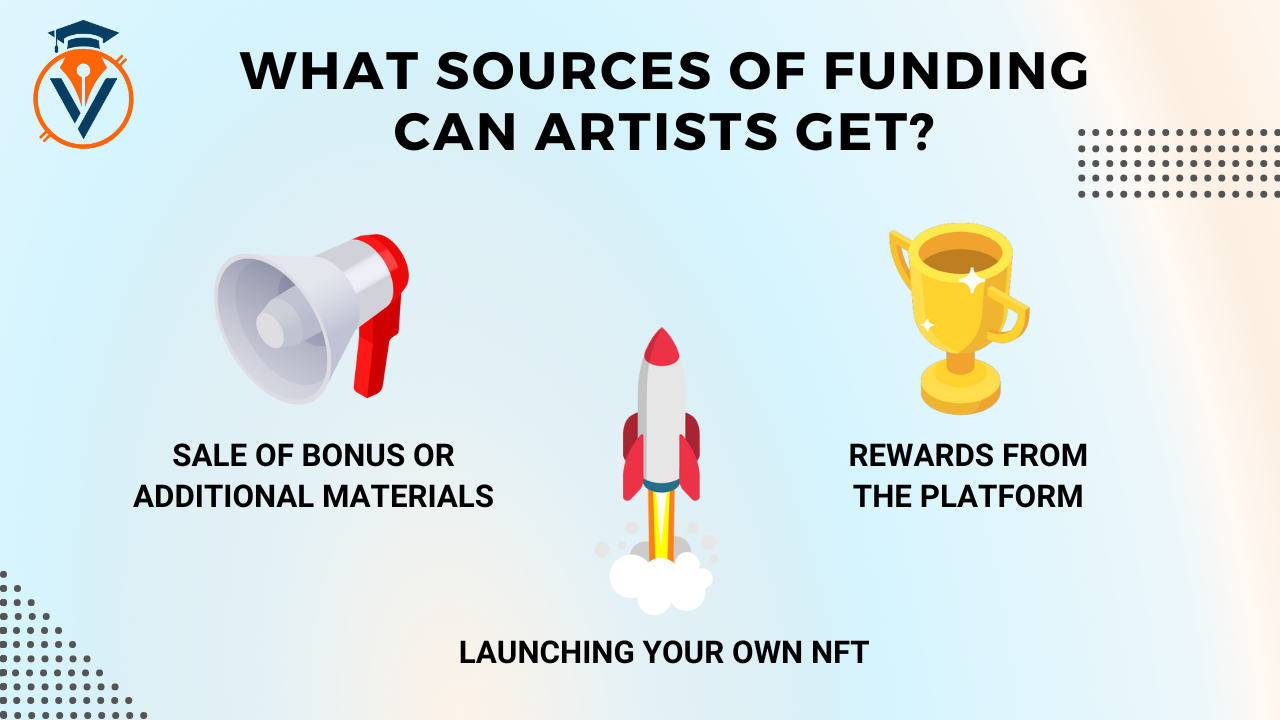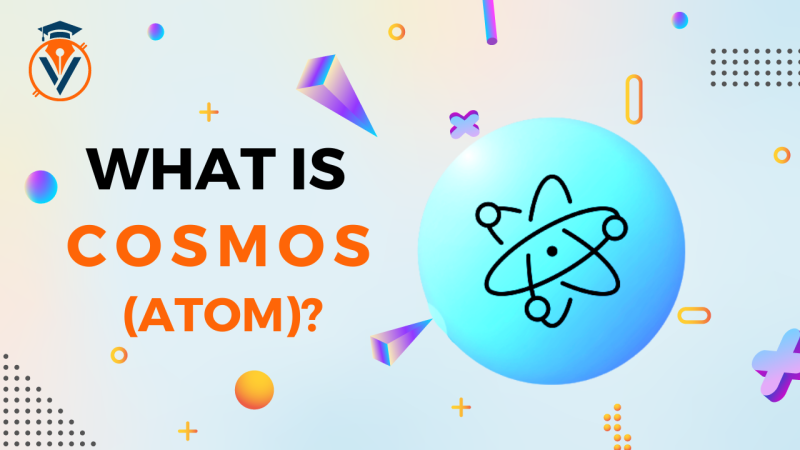After the rise of Bitcoin and Etherium, many startups and entrepreneurs wanted to repeat the success of these platforms. But when creating most of the new projects, the goals generally similar to the pioneers were pursued ― means of payment, banking, lending, and so on.
The "chip", due to which the newly released cryptocurrencies hoped to leave, was usually a simple correction of the shortcomings of the first crypt. The subject of this review stands out from the total mass of blockchains precisely for its goals. Today we will figure out what is so unique about Audius and what kind of platform it is in general.
What is Audius?
Audius is not a blockchain for buying and selling cryptocurrencies. The main goal of the platform is declared free and transparent access to music.
Actually, hence the name of the project. At the origins of Audius are two graduates of Stanford University ― Forrest Browning and Ronail Ramburg.
The former also participated in the creation of the StacksWare platform, which manages corporate data centers. The asset of the second one is the co-founder of the Kleiner Perkins investment fund, which is engaged in the development of blockchain startups.
The team also includes 21 more employees. Music producers and managers of several IT companies are taking part in the development of the platform.
Audius was launched in mid-2018 on the Ethereum sidechain ― POA. But the demand for the platform turned out to be higher than the bandwidth of this network. Therefore, in 2020, the project moved to the Solana blockchain. However, the basic control token remained in the Ethereum network.
By 2022, the number of unique users of the platform per month exceeded 6 million!
Goals and implementation
So, the key goal of Audius is free access to music for any Internet user. The point is that artists put their works on the platform, bypassing labels, producers and other intermediaries on the way to the listener. Listeners, in turn, get free access to the artists' tracks and, if desired, donate to the authors. Thus, the concept of copyright is erased, and musicians receive remuneration for their work in full.

At the same time, Audius provides authors with many incentive programs. So, every week a list of the five most listened tracks and a list of the five most popular playlists is formed. Accordingly, the authors included in these lists receive payments in the local crypt. In addition, tokens are regularly dropped for the most socially active musicians.
Operating principle and architecture
There are several key structural components under the hood of the Audius protocol. This includes:
- file System (AudSP);
- content registry;
- the system of decentralized management.
To begin with, AudSP is a file system built on IPFS (interplanetary file system), where artists can upload their music to Audius for posterity. The project content nodes then interact with AudSP and then simplify access functions.
Then there is the Audius content registry, which can be understood as a set of relationships between the Ethereum Audius smart contracts, the POA network and all other base-level or second-level (L2) networks with which the Audius protocol will interact in the system. Accordingly, this content registry is responsible for simplifying and recording all Audius actions, for example, when users like tracks or create song libraries.
A decentralized management system is a traditional part of blockchain projects. In this regard, Audius is completely similar to classic crypto platforms.
Audius is a fully decentralized music streaming platform that allows listeners to support artists directly through their own AUDIO cryptocurrency.
Token
The main token of the platform is AUDIO of the ERC-20 standard. This is a classic management token with the following functions:
- payment means of the project;
- decision―making voting, one AUDIO - one vote;
- staking and ensuring network operability.
In addition, the coin is designed to unlock exclusive content from the musicians of the platform.
The planned issue of AUDIO is a billion coins. By the middle of 2022, 412 million tokens have already been issued.
Safety
The Audius network is protected by decentralized nodes. Anyone can become a node operator by holding and placing AUDIO tokens. The larger their share, the higher the probability that their nodes will be used by fans to search for music content. By helping to perform protocol operations, they can earn AUDIO from the ongoing token issuance and cumulative commission pools.
Management
AUDIO also serves as a management token. As already mentioned, AUDIO stakeholders can participate in network operations as content nodes or discovery nodes. If users want to vote for proposals for upcoming network updates, they can gain control power by constantly creating value for the network.
Access to functions
The AUDIO token allows fans and artists to unlock exclusive features on the platform. Artists can use AUDIO to grow and better engage their fans. By installing AUDIO, artists can access content distribution tools to distribute their artist tokens to fans.
Conclusion
Audius may not be the most popular Ethereum DApp right now, but it has huge potential as a "Soundcloud killer" that can empower musicians like never before. Accordingly, this enterprise can easily become a huge application in the future if the property economy continues to develop as it is now.
In the meantime, you will probably want to keep Audius in sight as a promising project that is worth paying attention to.


